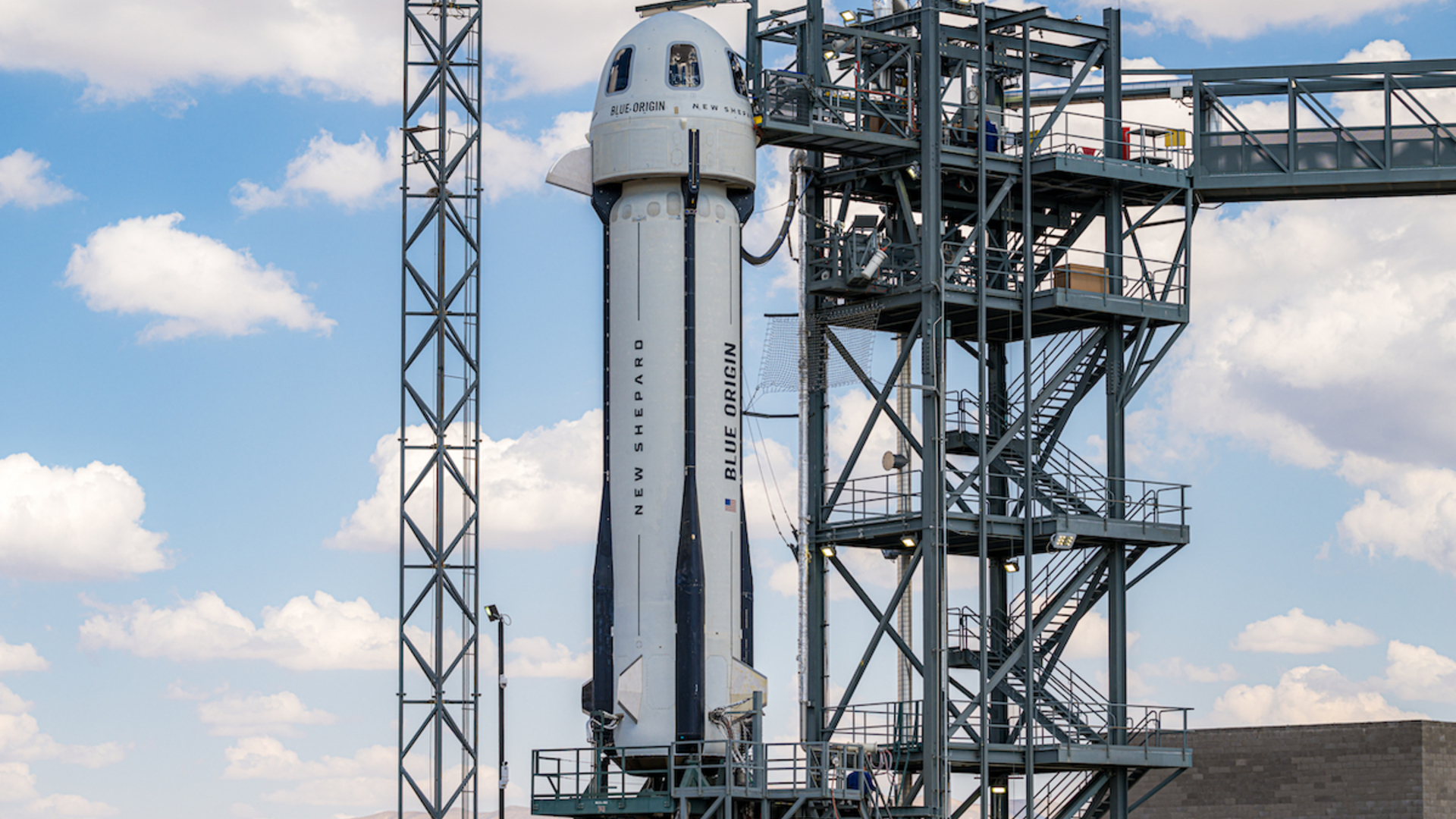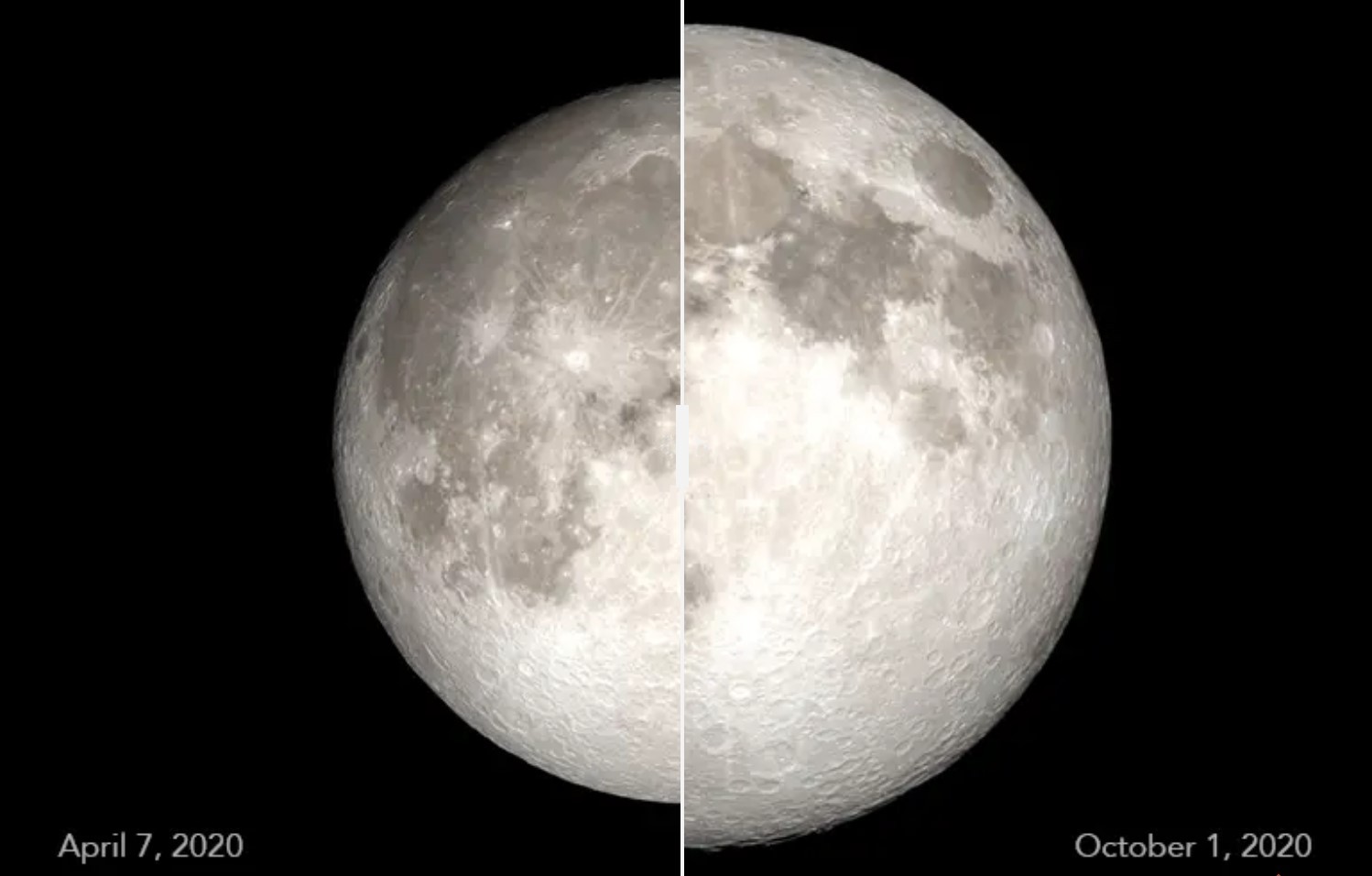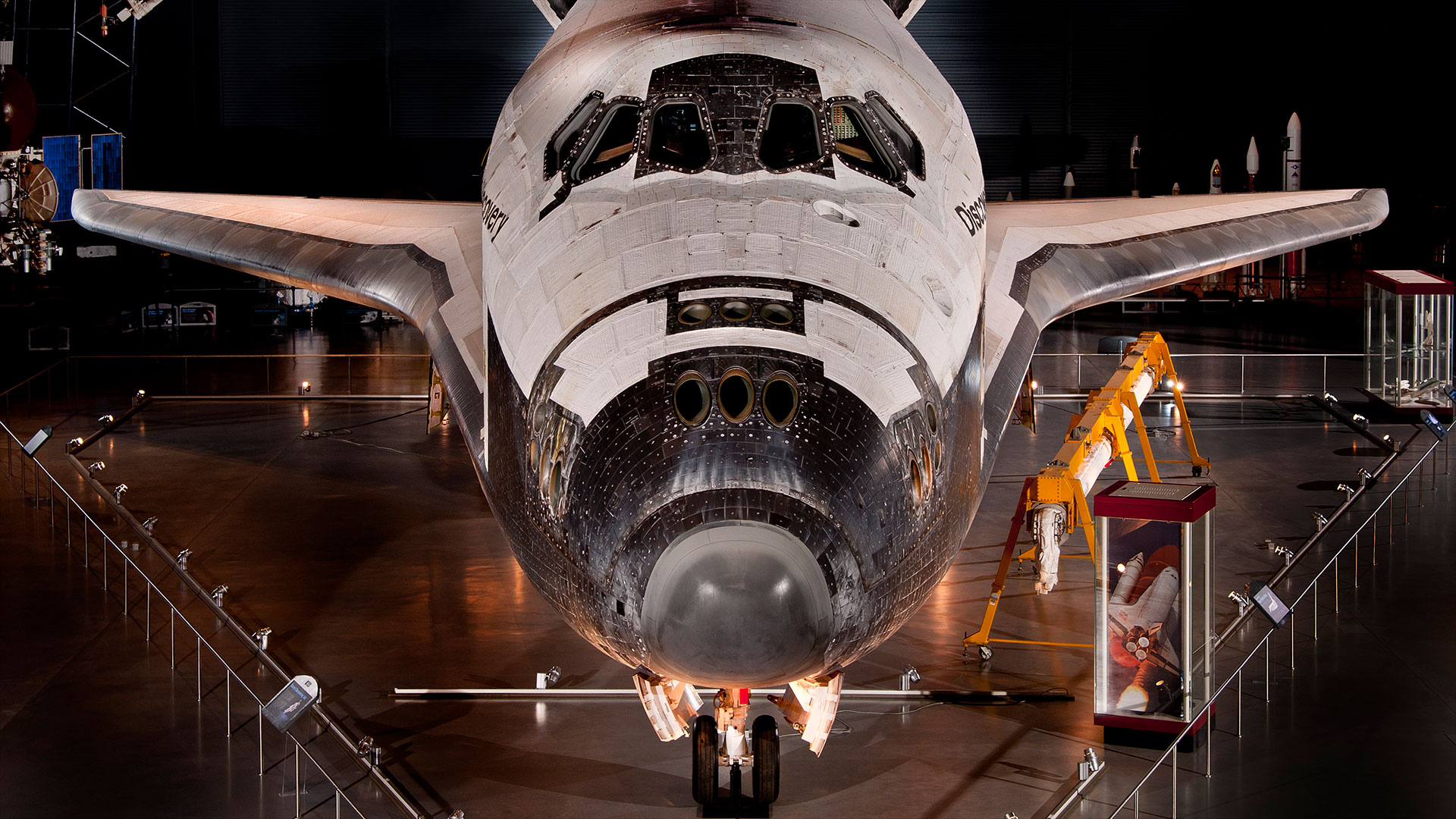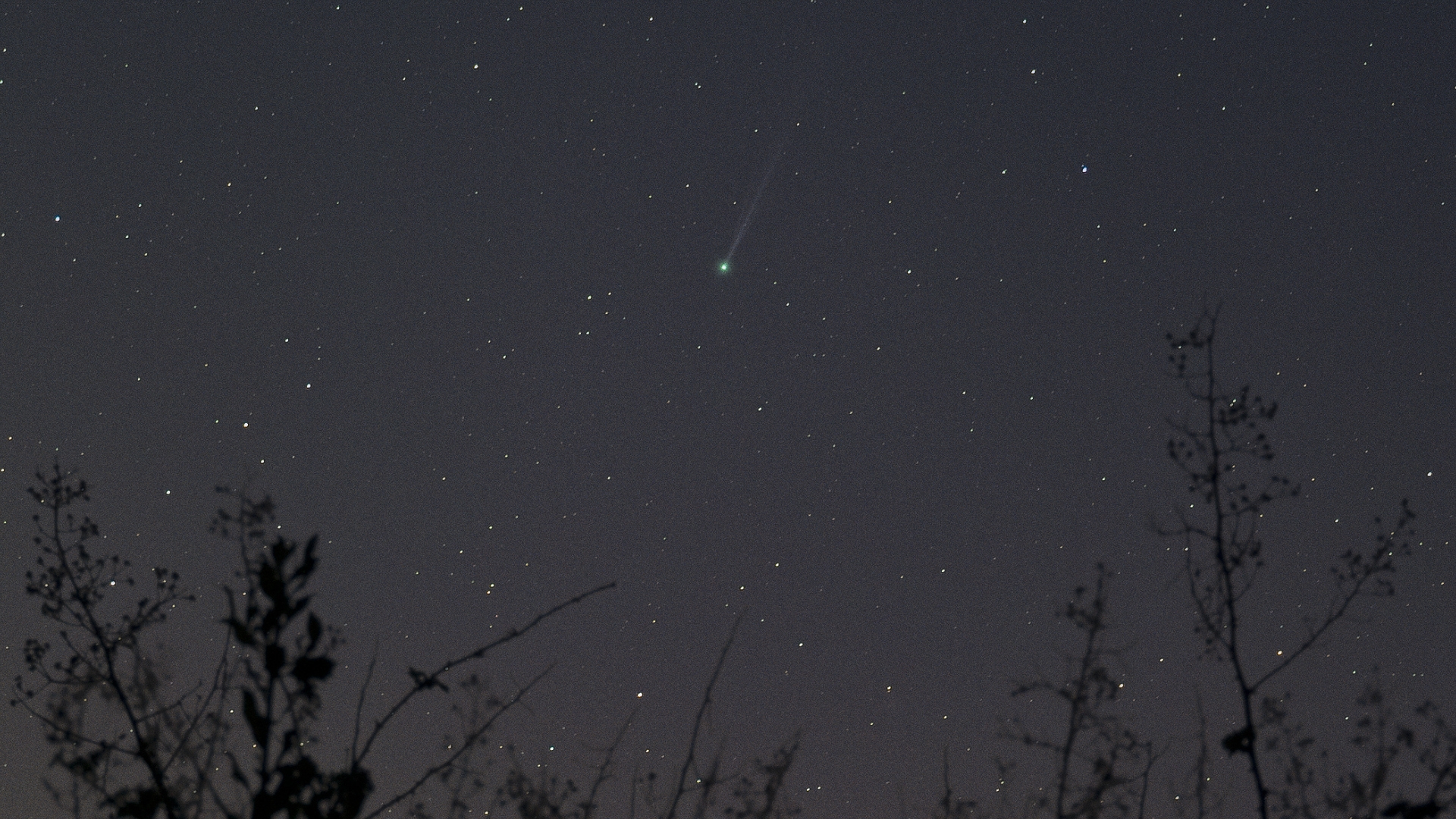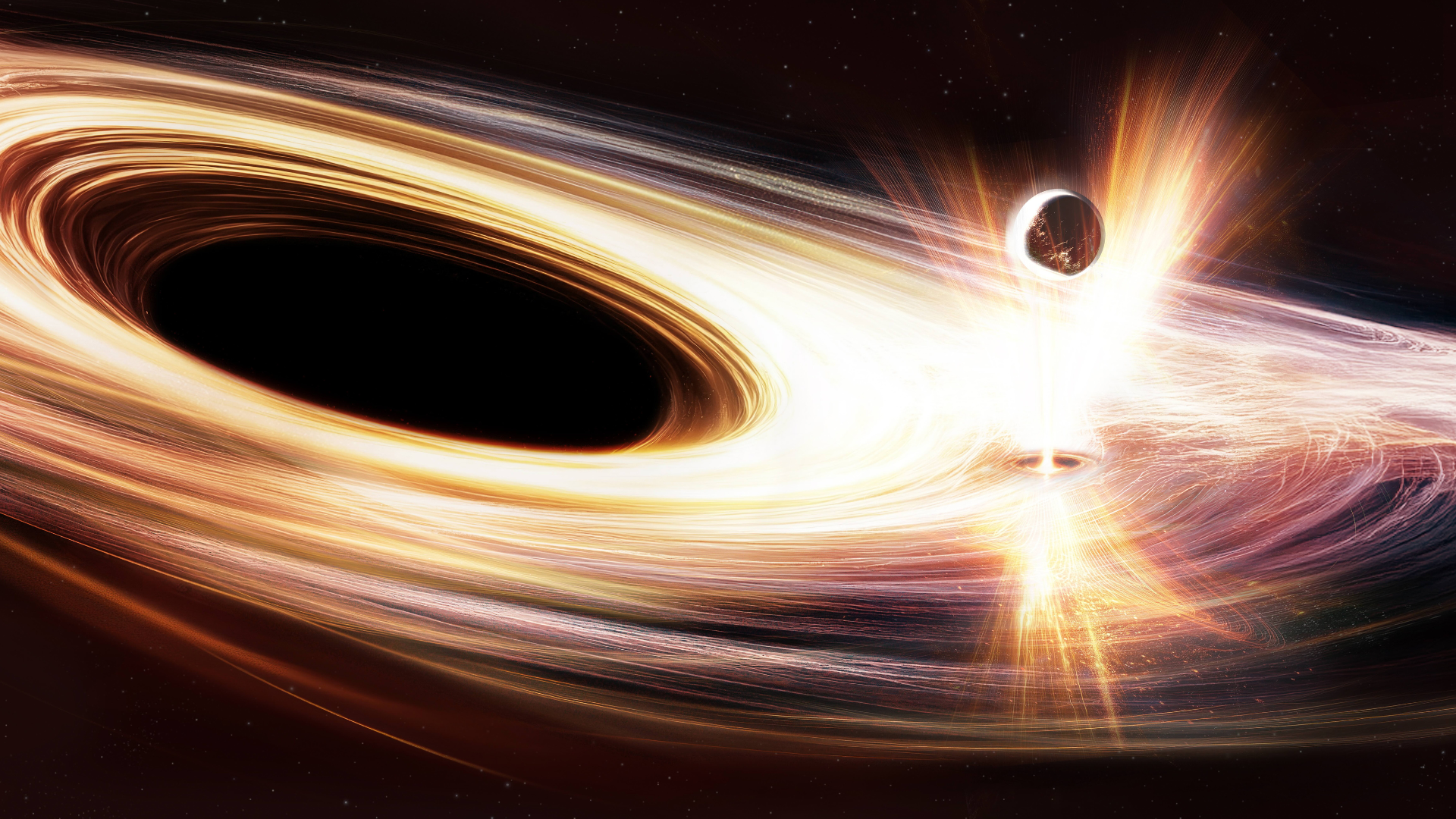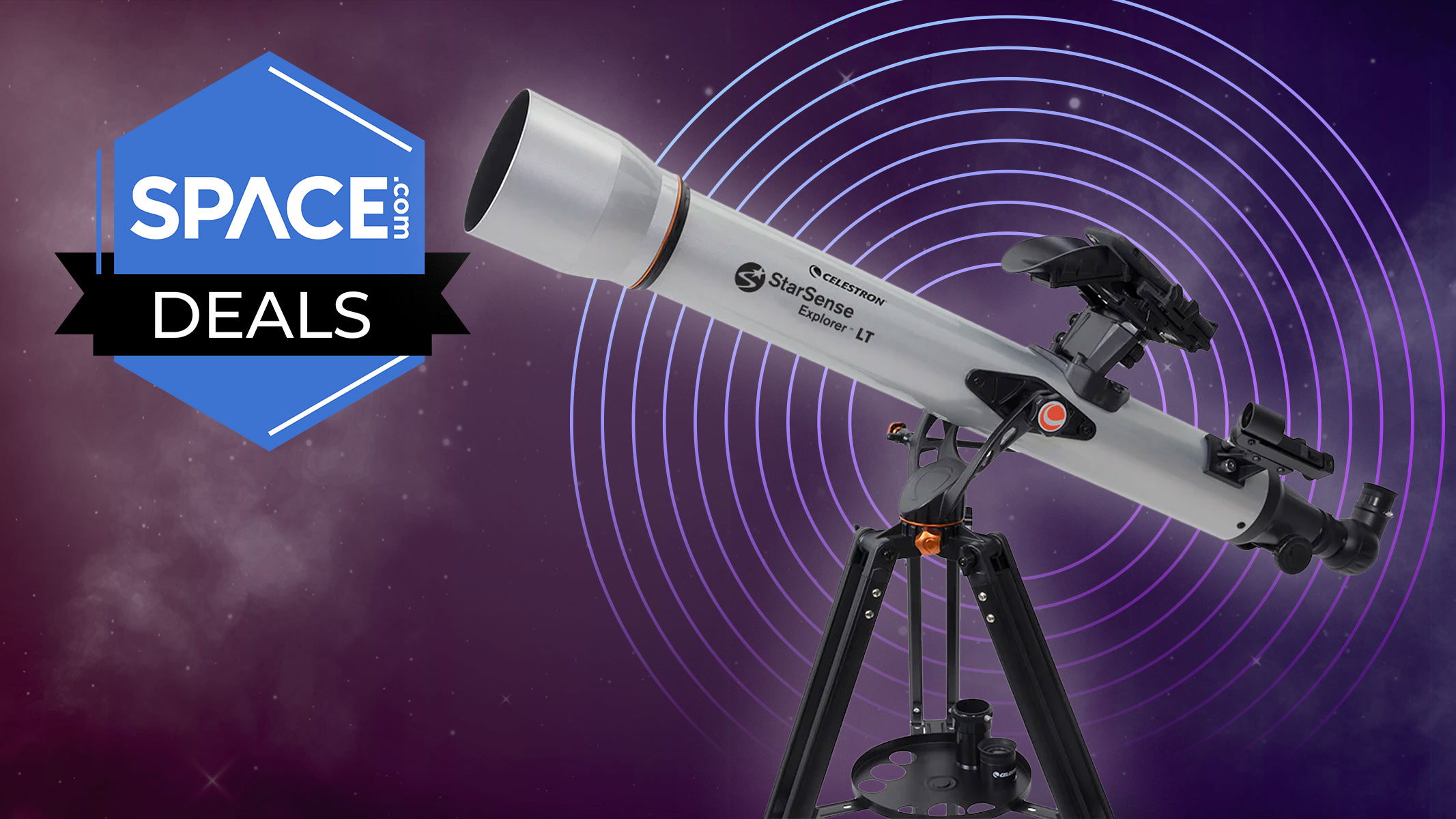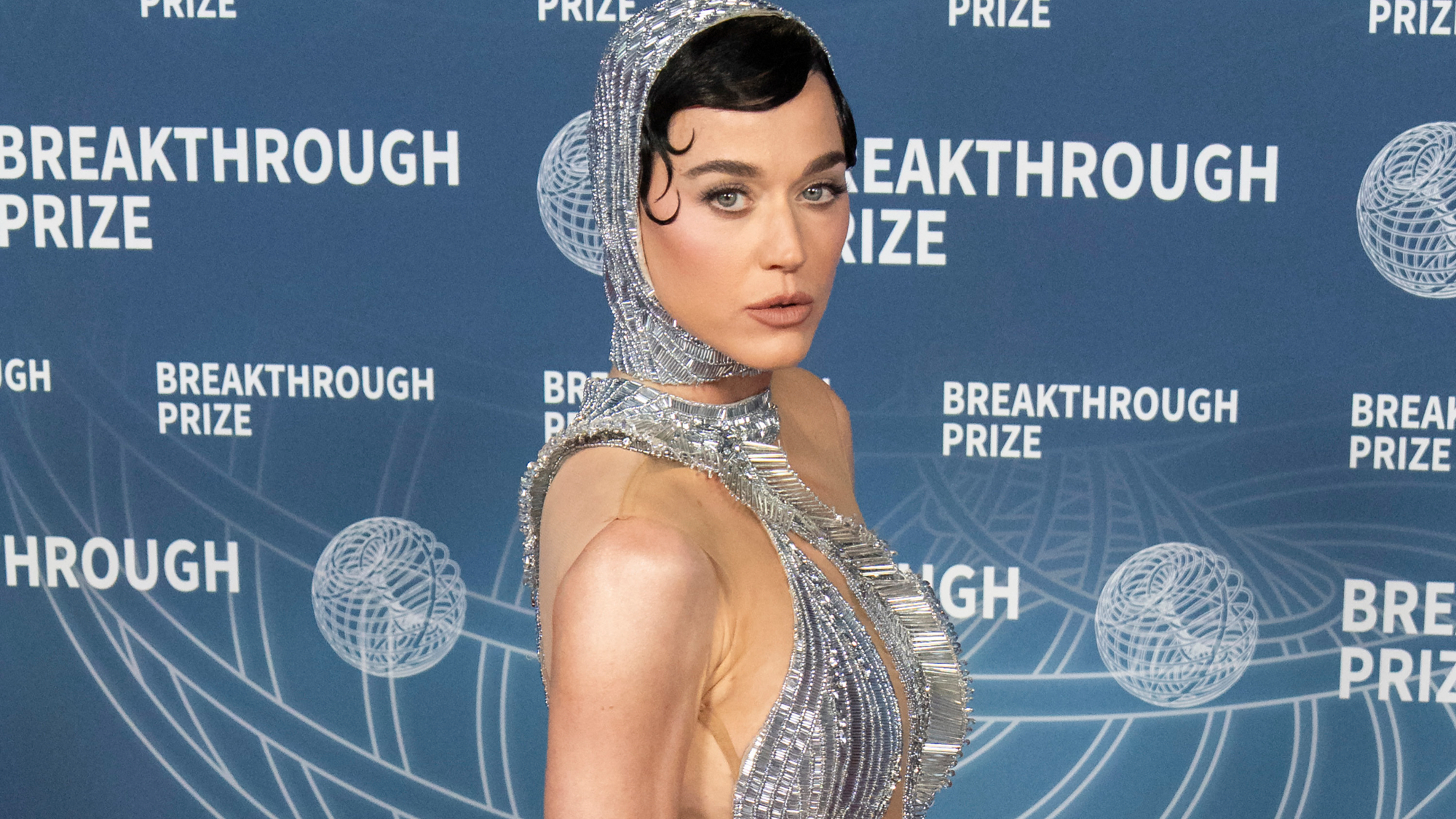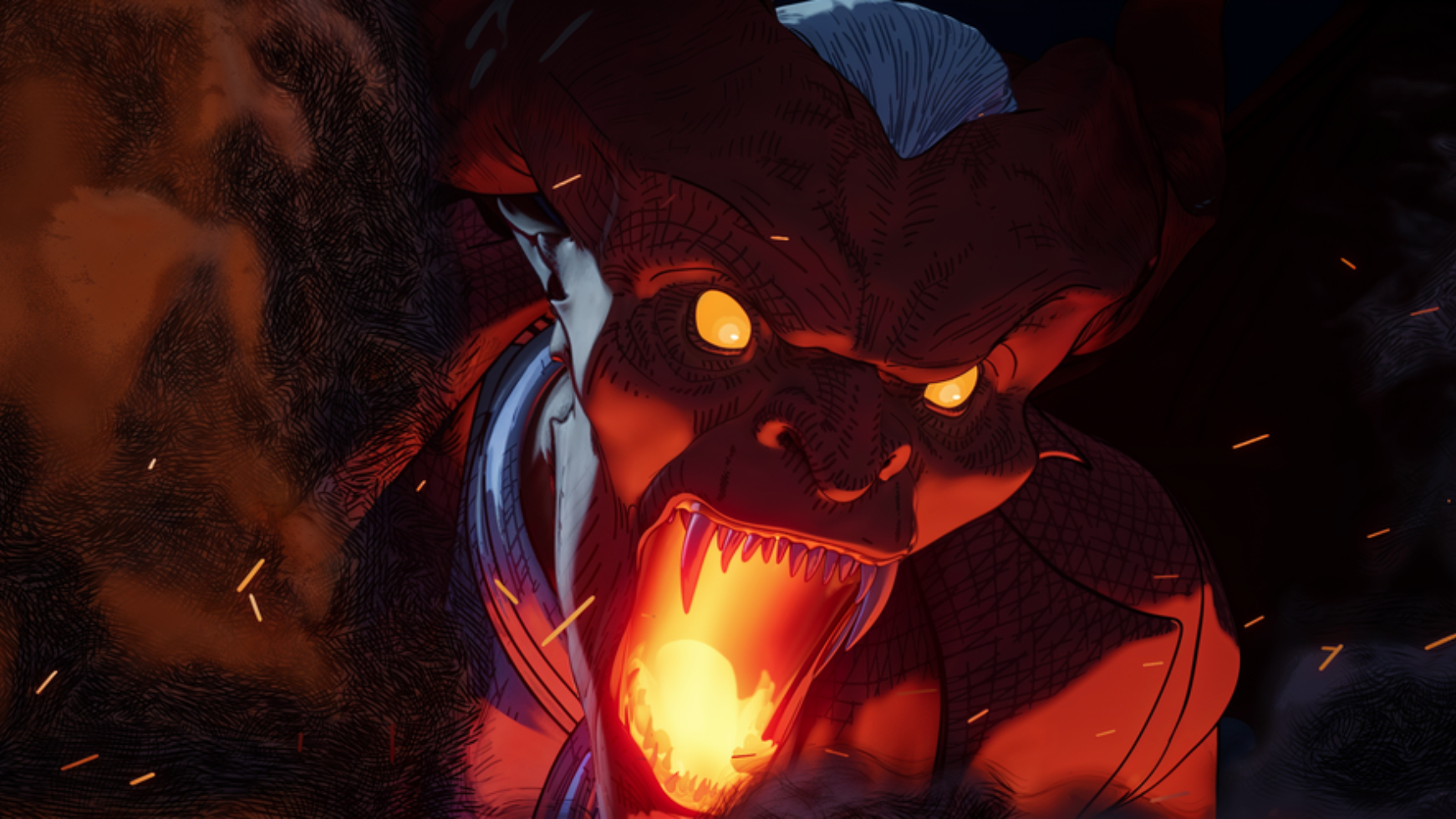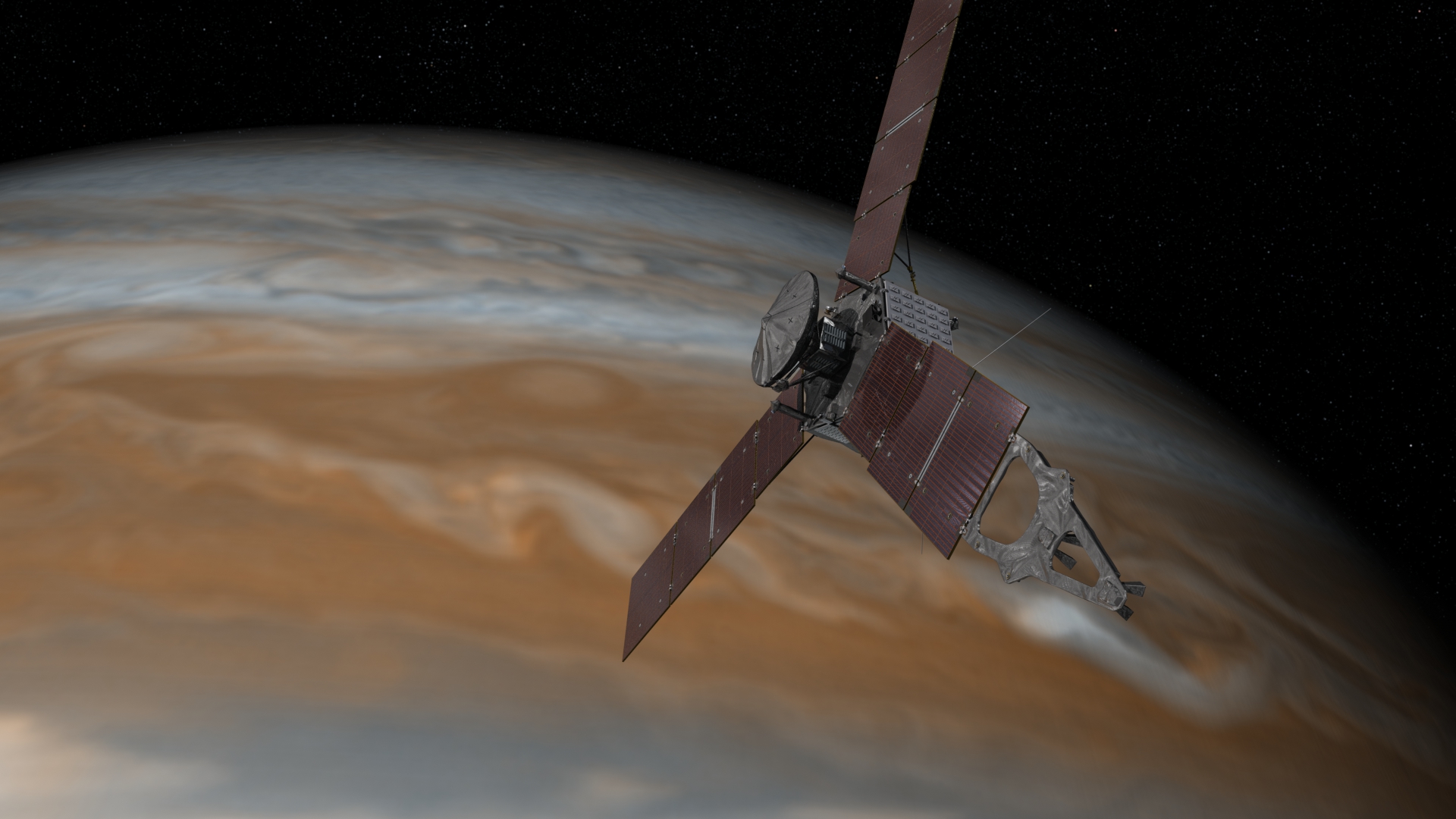SpaceX continues to extend its rocket-reuse record.
A Falcon 9 rocket carrying 21 of the company's Starlink broadband satellites, including 13 with direct to cell capabilities, launched from Florida's Cape Canaveral Space Force Station today (Jan. 10) at 2:11 p.m. EST (1911 GMT).
It was the 25th mission for the rocket's first stage, setting a new mark for the company. Fourteen of those flights have been Starlink missions, according to a SpaceX mission description.
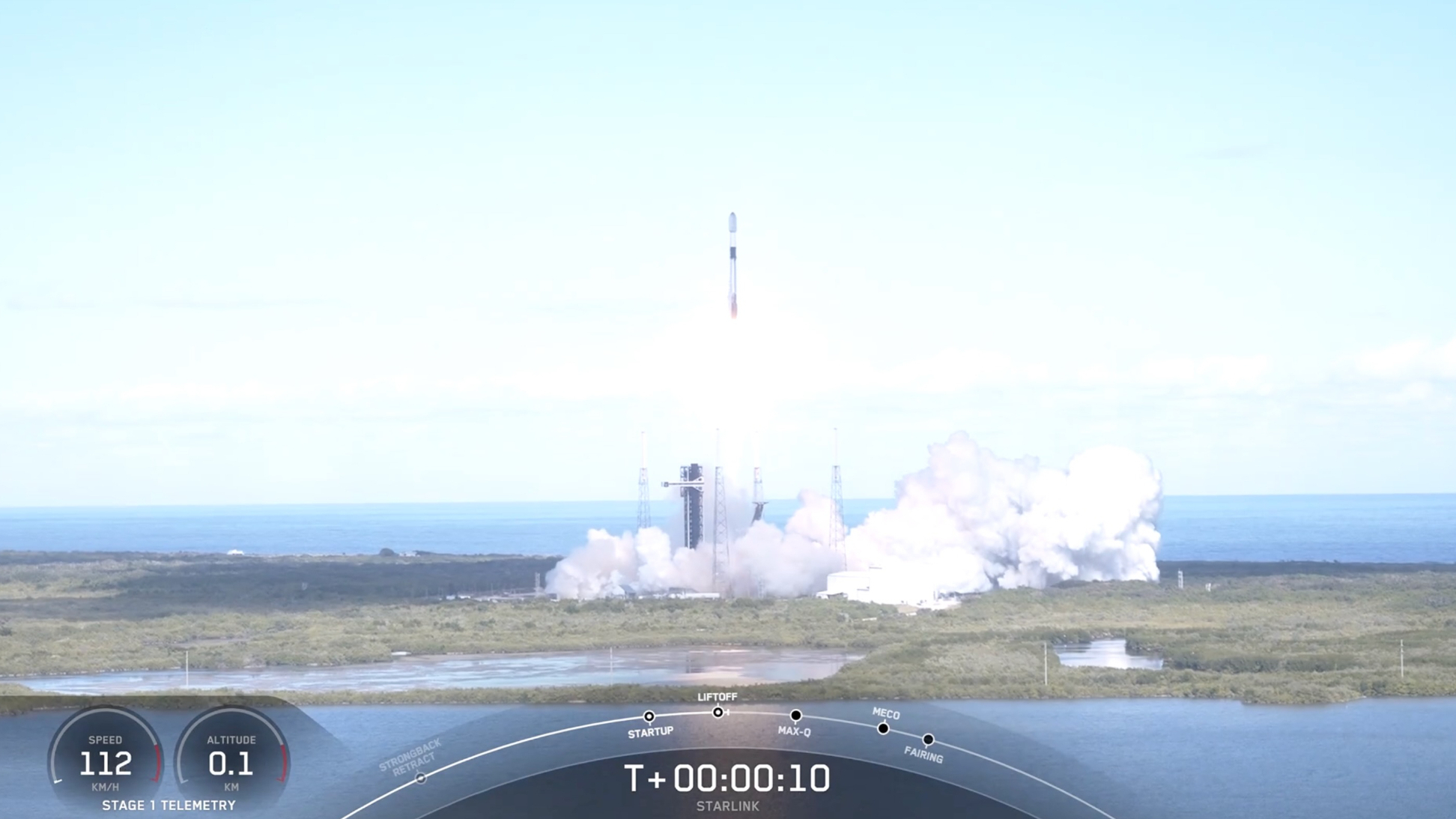
The first stage came back to Earth about eight minutes after liftoff today as planned. It touched down in the Atlantic Ocean, on the SpaceX drone ship "Just Read the Instructions."
The Falcon 9's upper stage, meanwhile, continued carrying the Starlink spacecraft to low Earth orbit. It's scheduled to deploy them about 65 minutes after liftoff.
Related: Starlink satellite train: how to see and track it in the night sky
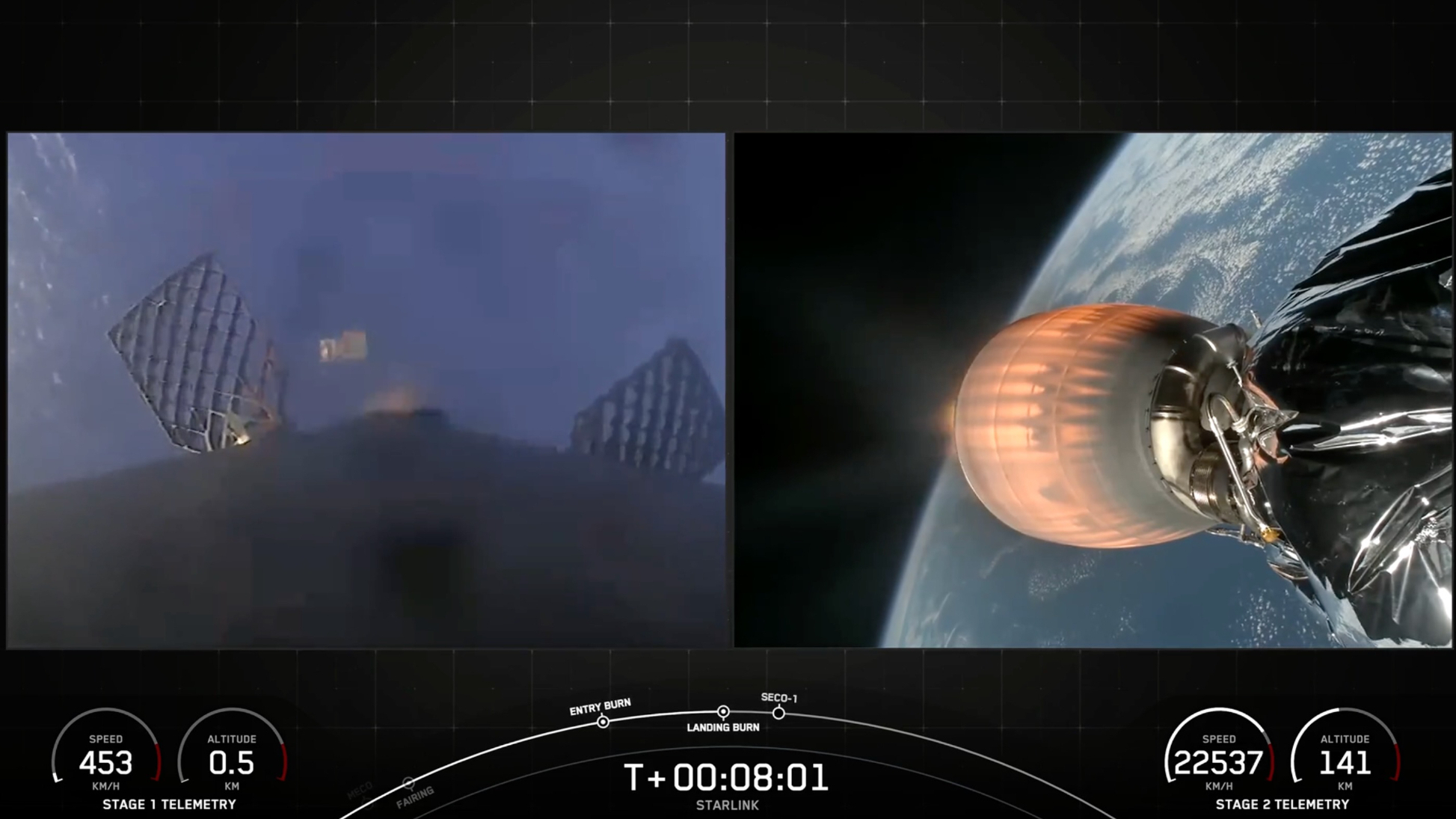
Starlink is the largest satellite constellation ever deployed and is growing all the time. It currently consists of more than 6,870 active spacecraft, about 400 of which have direct-to-cell capability, according to satellite tracker and astrophysicist Jonathan McDowell.
Get the Space.com Newsletter
Breaking space news, the latest updates on rocket launches, skywatching events and more!
Today's launch wias the fifth Falcon 9 mission of 2025. Last year, SpaceX launched more than 130 flights with the workhorse rocket, about two-thirds of them Starlink missions.
Editor's note: This story was updated at 2:35 p.m. ET on Jan. 10 with news of successful launch and rocket landing.
Join our Space Forums to keep talking space on the latest missions, night sky and more! And if you have a news tip, correction or comment, let us know at: community@space.com.

Michael Wall is a Senior Space Writer with Space.com and joined the team in 2010. He primarily covers exoplanets, spaceflight and military space, but has been known to dabble in the space art beat. His book about the search for alien life, "Out There," was published on Nov. 13, 2018. Before becoming a science writer, Michael worked as a herpetologist and wildlife biologist. He has a Ph.D. in evolutionary biology from the University of Sydney, Australia, a bachelor's degree from the University of Arizona, and a graduate certificate in science writing from the University of California, Santa Cruz. To find out what his latest project is, you can follow Michael on Twitter.
